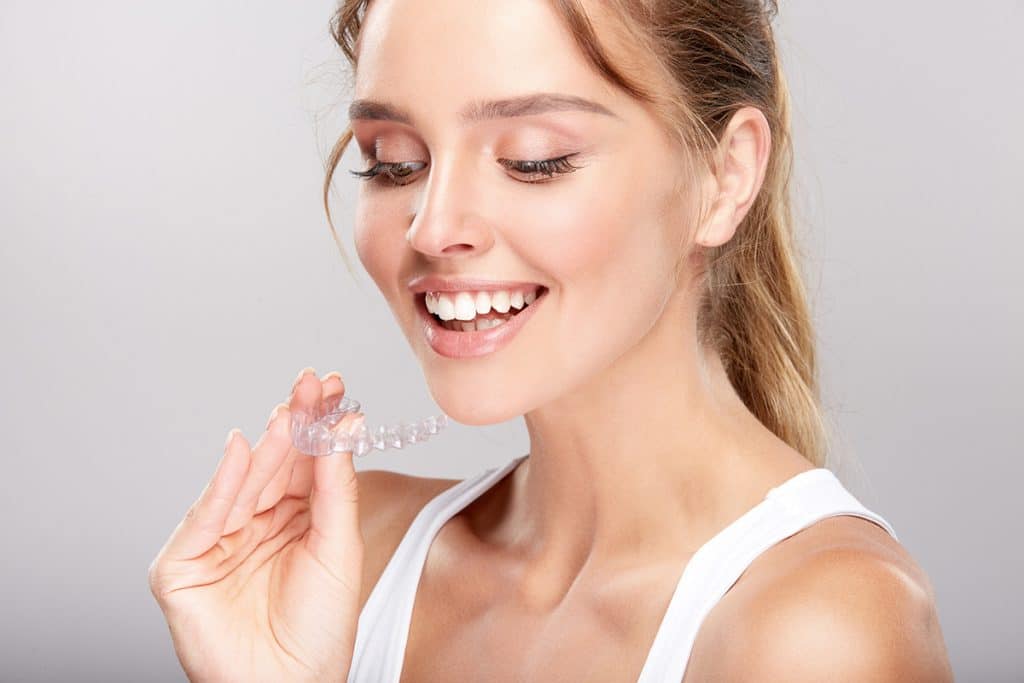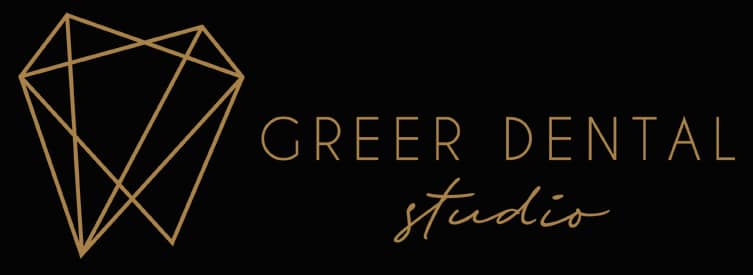Can Invisalign Fix an Overbite or an Underbite?

Invisalign is an orthodontic treatment that can straighten your teeth and align your bite. It achieves the same general goal of braces, but with a more discreet and comfortable method. If you’ve been told that you have an overbite or underbite, you may be wondering if Invisalign can fix it. Here’s what you need to know about Invisalign and what it can do.
What is Invisalign?
Invisalign treatment consists of a set of clear plastic aligners that you wear over your teeth. The aligners are designed to gradually shift your teeth into proper alignment, straightening your smile and closing gaps between the teeth. You wear each aligner for about 2 weeks, then switch to the next one in order until you have worn them all and your treatment is complete.
Benefits of Invisalign
Invisalign has many benefits, including:
- Discreet. The clear aligners are virtually invisible on your teeth, allowing you to straighten your teeth without the obvious look of braces.
- Comfortable. The aligners are smooth and flexible, shifting your teeth gently without irritating the soft tissues of your mouth.
- Convenient. You can take your aligners out to eat and clean your teeth. No food restrictions or special dental hygiene tools necessary.
- Fast results. Invisalign can straighten teeth in 6-18 months.
What Invisalign Can Do
Invisalign can treat the following common orthodontic issues:
- Crowding
- Crooked teeth
- Gaps between teeth
- Overbite
- Underbite
- Open bite
- Crossbite
What Invisalign Can Not Do
There are some limitations to the extent that Invisalign is capable of moving the teeth. Invisalign can not:
- Rotate teeth more than 20 degrees.
- Move teeth up or down in the socket.
- Correct severe bite misalignment.
- Close large gaps between teeth.
Bite Alignment With Invisalign
When it comes to aligning the bite, Invisalign can shift the teeth in the jaw so that the upper teeth meet together properly with the lower teeth in mild to moderate cases. The two most common types of bite misalignment are:
- Overbite. An overbite occurs when the upper row of teeth extend too far beyond the lower row of teeth when you bite down. In severe cases the lower teeth can even touch the roof of the mouth.
- Underbite. An underbite is just the opposite, when the upper row of teeth meet behind the lower row of teeth when you bite down.
Invisalign cannot change the shape of the jaw, which is often necessary to treat severe overbites and underbites. For more significant adjustments, braces may be necessary and in some cases even surgery.
Am I a Candidate for Invisalign?
Invisalign works best for mild to moderate orthodontic cases. Patients of all ages may be eligible for Invisalign, but it may not be right for very young children. Teenagers and adults are the ideal age range for Invisalign treatment. If you’re interested in Invisalign, a brief evaluation can determine if you are an ideal candidate.
Frequently Asked Questions About Invisalign
Can Invisalign fix a crossbite?
Another common type of bite misalignment is a crossbite. This occurs when some of the upper teeth meet in front of the lower teeth and others meet behind. Invisalign may be able to correct mild to moderate crossbites.
Can Invisalign fix an open bite?
Another type of bite misalignment is an open bite. This means that when you bite down your back teeth touch, but there is a gap between the upper and lower teeth in the front. Invisalign may be able to correct an open bite in some cases.
Schedule an Invisalign Consultation Today
To get started with Invisalign, the first step is to schedule a consultation with Greer Dental Studio. We can assess the current position of your teeth and provide a recommendation for the best course of treatment to achieve your smile goals.
Call 864-259-2590 or contact us today to learn more and schedule an appointment.
